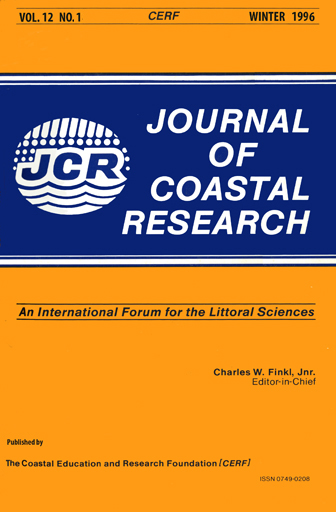Sea-Level Rise and Neotectonism in a Holocene Coastal Environment at Cortegaca Beach (NW Portugal): A Case Study
Keywords:
Lagoon, dunes, podsol, coastal erosion, and facies changesAbstract
The northwestern coastal zone of Portugal (north of the Serra da Boa Viagem-Mondego Cape) is a flat region with extensive dune systems, many of which have paleosoils attributed until recently to the last Quaternary glaciation.
The rapid beach erosion and the retreat of the coastline-accelerated by the building of the groin field of Espinho-allowed the revision of concepts, about not only the genesis of the deposits, but also their chronostratigraphy. The study of the outcrops in the cliffs have led to the description of lithostratigraphic units belonging to the Praia de Cortegaça Formation.
From base to top, this formation consists of the following units, expressing clear facies changes: (1) lagoonal deposits, with a dated top between 6830 ± 60 and 5500 ± 160 years BP; (2) subtidal deposits; (3) intertidal deposits; (4) foreshore deposits; (5) structureless, probably aeolian deposits, covered by a podzol with truncated horizons dated about 3490 ± 100 years BP; (6) foreshore deposits; (7) aeolian deposits of medieval age.
A model correlating sea-level rise, neotectonism, and facies variation in this area is discussed. Interpretation of the data provided by the evidence, indicate tectonic uplift of about 15 m at most during the last 6000 years.


